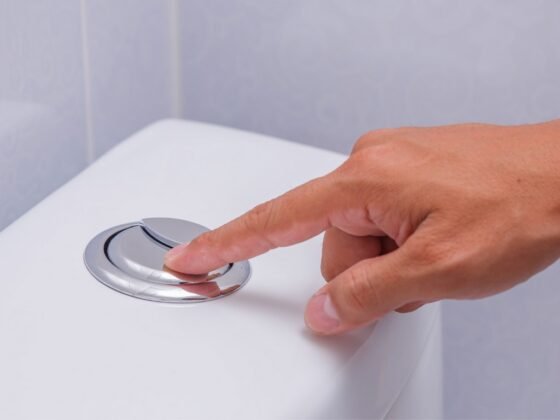Table of Contents Show
Purchasing a home can be a lot to undertake in terms of research, and the cost of a house can accumulate into an immense amount.

With so many homes available made from various materials, a house made from stucco can be overlooked.
While buying a stucco might have some drawbacks, it also has plenty of benefits. This all begs the question: is it a significant risk to purchase a stucco house?
The building or buying a home with stucco is a simplistic process, although other factors involved can deter someone from pursuing creating or purchasing a house made from the material. This article will go over the pros and cons of building or buying a stucco home.
What is Stucco?
Stucco is a cement-based material that has been used to cover and protect buildings since the Roman Empire.
It is a durable material that can be applied to both steel and wood structures alike, protecting them from natural elements such as wind, rain, and snow for many years to come.
Stucco is usually installed in layers by a professional as the application process can be quite time-consuming and laborious.
Pros of Buying or Building a Home with Stucco
1. Protects the Wet Basement from Mould Growth
Basement walls are usually made of concrete. Concrete is a porous material. If it is not covered, water seeps into the basement walls and causes mold growth, which can be very dangerous to your health. Stucco acts as a covering that prevents water from seeping through the walls and forming mold on the walls.
2. Reduces Sound and Provides Insulation
Most houses are built with wood frames that resonate under heavy winds and give out sounds when other people are talking in adjacent rooms or when you watch TV.
Stucco can reduce the sound that is emitted from the wood frame. It also acts as a barrier to help prevent sound from spreading to other parts of the house. More so, stucco also provides some insulation, which can help you save some money on your energy bill.
Read Also:
3. Attractive
Stucco makes it possible for you to paint or apply any aesthetic finish that you desire. You can create a unique look for your home in a matter of minutes without paying out of pocket for professionals to paint the exterior for you.
4. Long-Lasting
With proper maintenance, stucco can last well over fifty years. Because it can expand and contract based on various weather conditions, it is incredibly durable.
Whether you build a home or purchase made from stucco, you will not have to worry about the home degrading any time soon!
5. Prevents Termite Damage
Unlike concrete walls, stucco does not let the termite pierce through and spread its tunnels throughout your home.
It protects your house from termites and other living things such as ants and spiders that can cause damage to your home by damaging walls and floors.
Cons of Buying or Building a Home with Stucco
1. Stucco Takes a Long Time to Dry
If your house is being constructed with stucco, then it might take several months before it fully dries. It would be best if you considered the climate zone where you are located when deciding on the appropriate time for stucco installation.
2. Stucco is Expensive
If you are building a stucco home, it can be quite expensive. It would help if you considered several factors when estimating the cost of applying this material to your house.
These factors include the time, materials, and professionals you will need to hire to apply stucco to the exterior.
3. Stucco Needs Frequent Maintenance
The repeated maintenance of the stucco is necessary if it is to continue working for you, and it is more expensive than using another material for your house, such as wood or tile. If left unattended, the stucco will start to show signs of deterioration.
4. Not Suitable for Certain Climates
Although stucco is great for repelling moisture, it is prone to degrade in climates with a lot of perspiration. Perpetual moisture can cause stucco to get waterlogged after some time.
Further, areas that are prone to earthquakes will also cause stucco to begin to chip and degrade over time.
5. Stucco can be Difficult to Install on Wood or Steel Structures
Stucco must be applied to dry surfaces such as concrete or terrazzo. It can be quite challenging to work with wood or steel structures. This is because these materials are not dry, and the house could start to warp if you use stucco on them.









